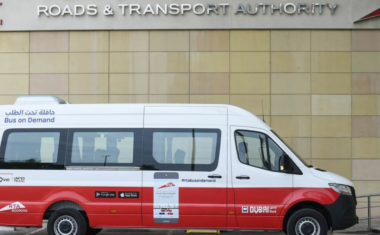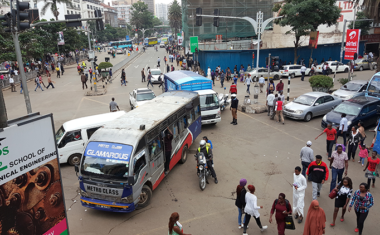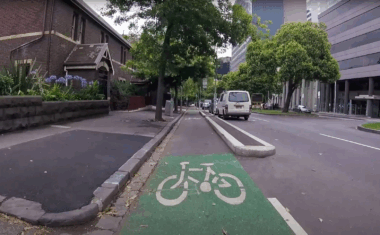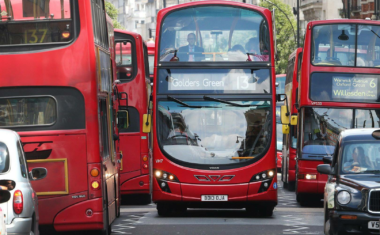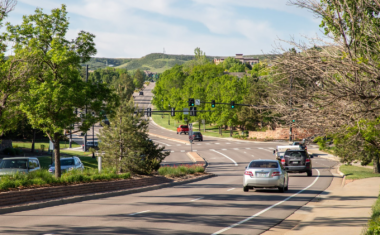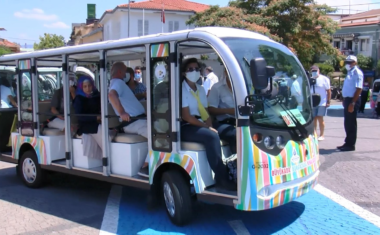Bus Rapid Transit
- 8 min to read
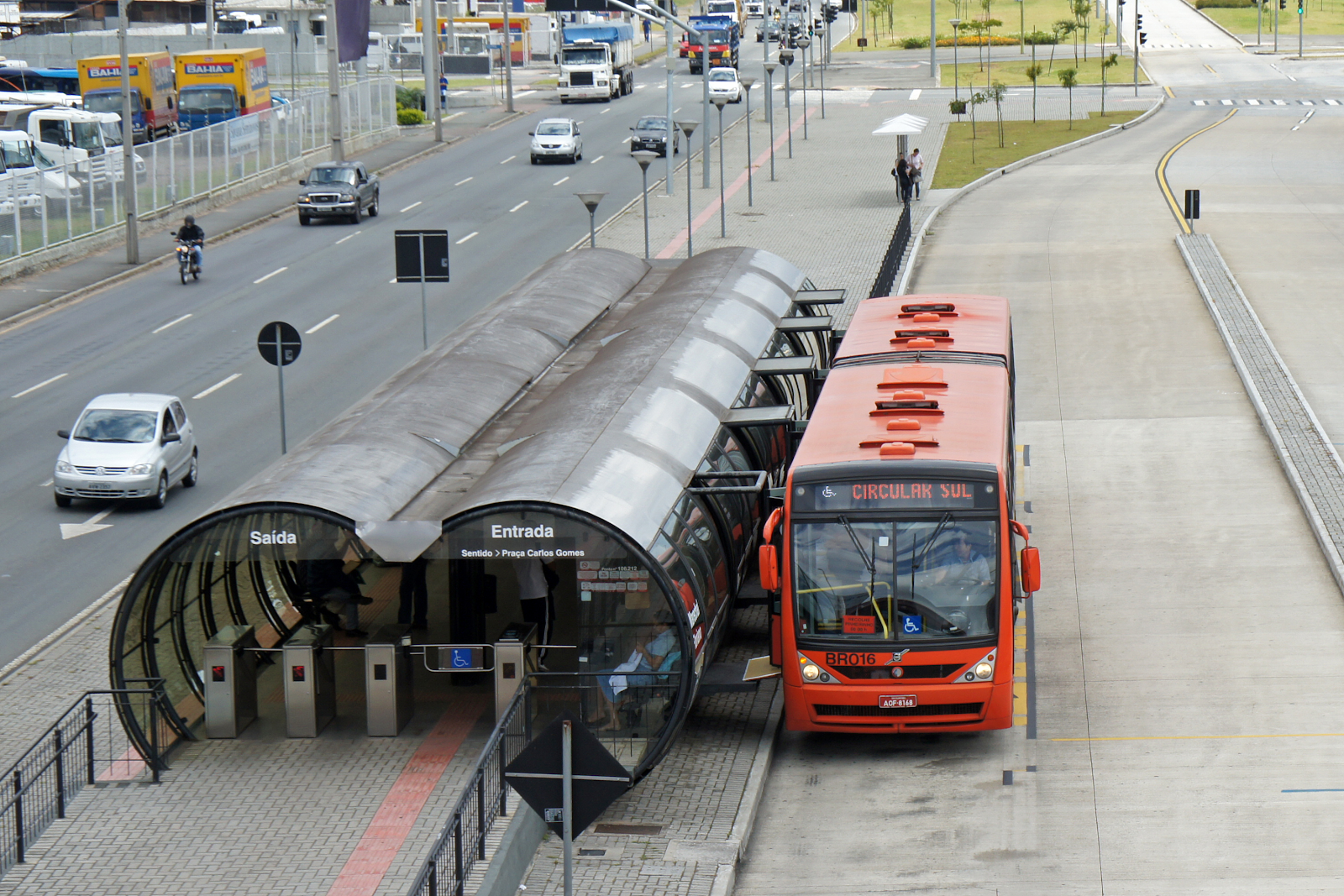
About the city. Curitiba has become a standard in sustainable urban planning. The city is named the “green capital”, the “greenest city on Earth”, and the “most innovative city in the world”.
Goal
By the 1960s, Curitiba’s population ballooned to 430,000. It was necessary to connect the city with a single transport system, and initially, the money was allocated for the construction of the metro. Authorities realized that the construction of the metro is ten times more expensive than the purchase and construction of bus lines.
In this regard, the main goal is to create a transport system that could cover the entire city and suburbs, as well as become cheaper than the metro.
Implementation period. Construction began in 1974 but continued until 2010.
Fact
The first bus rapid transit in Brazil (BRT) became the second BRT in the world. In 2010 the BRT received an “honourable mention” for the Green Line (Linha Verda) at the Sustainable Transport Awards of the Institute for Transportation and Development Policy.
Solutions
Jaime Lerner, three times mayor of the city, suggested integrating dedicated bus lanes along with the city’s main ways, with stations placed on medians along the routes. In this case, buses would be able to travel as fast as trains. He got Volvo to make 270 person Swedish articulated buses.
The buses are long, split into three sections, and stop at designated elevated tube-shaped stations to allow for fare prepayment and platform-level boarding, complete with handicapped access. A small ramp folds down from the bus onto the platform. All door loading and fare prepayment allow for short dwell times in stations. The system of same-level bus boarding makes a typical dwell time of no more than 15 to 19 seconds at a stop. This innovation came during Lerner’s third tenure. The local government controls routes and fares, while the private companies hire drivers and maintain equipment. The construction took place in different years. For example, In 1980, the last line was built and the Rede Integrada de Transporte was created, allowing transit between any point in the city by paying just one fare.
Curitiba has 21 transit centres, where it is possible to transfer between routes for free. Most of them are connected by bus lanes and offer riders great flexibility.
What are the features of bus stops?
The city built attractive transit stops with the look of train stations, with handicapped access equipment, inducing private firms to purchase and operate the buses. Lerner gave the stations a unique look by placing them in glass tubes. New “tube stations” launched in October 1991 as part of the first Ligeirinho express line. Now there are 357 tube stations across the city.
What is the feature of some buses?
Some buses run on biofuels. Alternatives produce social impact, since Brazil is a major producer of soybeans and ethanol, and the increased use of alternative fuels causes the generation of jobs, particularly in the field: Biodiesel B-20, Frying Oil B-20, MAD8 (anhydrous ethanol blend with diesel).
https://www.youtube.com/watch?v=B9YJ4xDRIiA
Challenges
The city has been facing overcrowding. The population has increased 9.3 times over the last 50 years (4.6% annual growth). None of the routes extends beyond the municipal boundary of the city which makes passengers have to change buses and pay two fares. The system faced declining patronage and lost 14 million users between 2008 and 2014, but other Brazilian cities maintained public transport usage better. BRT cannot provide sufficient capacity. In this regard, it is now necessary to solve the problem of improving the existing transport system or finding new solutions.
Team
Curitiba City Hall, the municipal administration, Jaime Lerner’s team.
Timeline
What has been achieved:
- 75% of the population use the BRT system.
- 55% RIT accounts for all trips in Curitiba.
- Curitiba has noticeably better air quality than other Brazilian cities of similar size.
- Residents spend about 10% of their income on travel which is much below the national average.
If you notice an error or inaccuracy in our editorials, please email [email protected] so we can look into it.

